May 19th, 2020
6minute read
World War II changed everything about life on planet earth.
Submachine guns (SMGs) are compact fully automatic shoulder arms that fire relatively low-powered pistol cartridges.
Practically every major combatant nation of the war had them, and their influence remains evident even today.
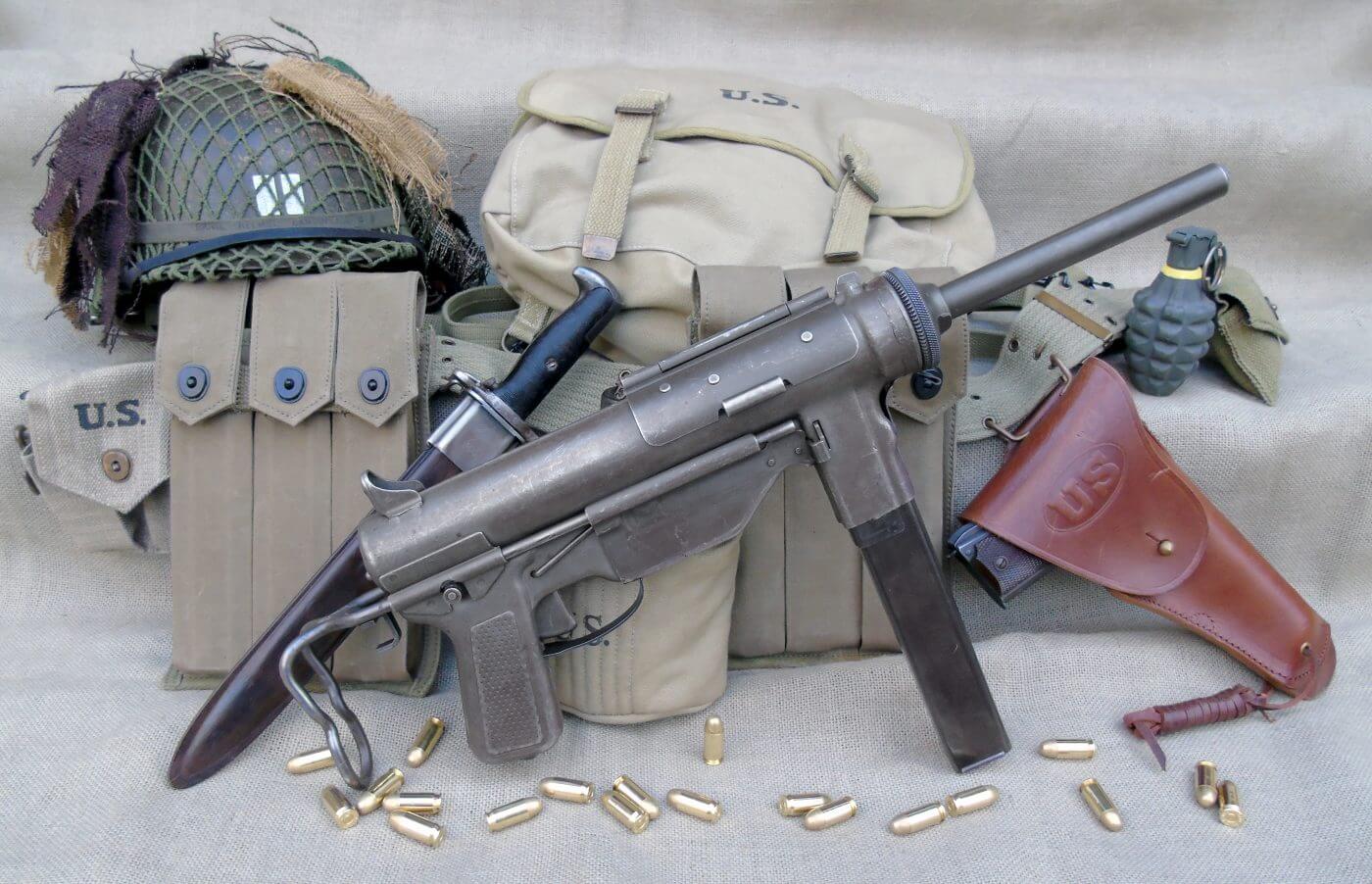
The MP40 was an evolutionary development of the previous MP38.
Both guns look very similar.
The full auto-only 9mm MP40 was the first major military weapon to eschew wooden stocks.
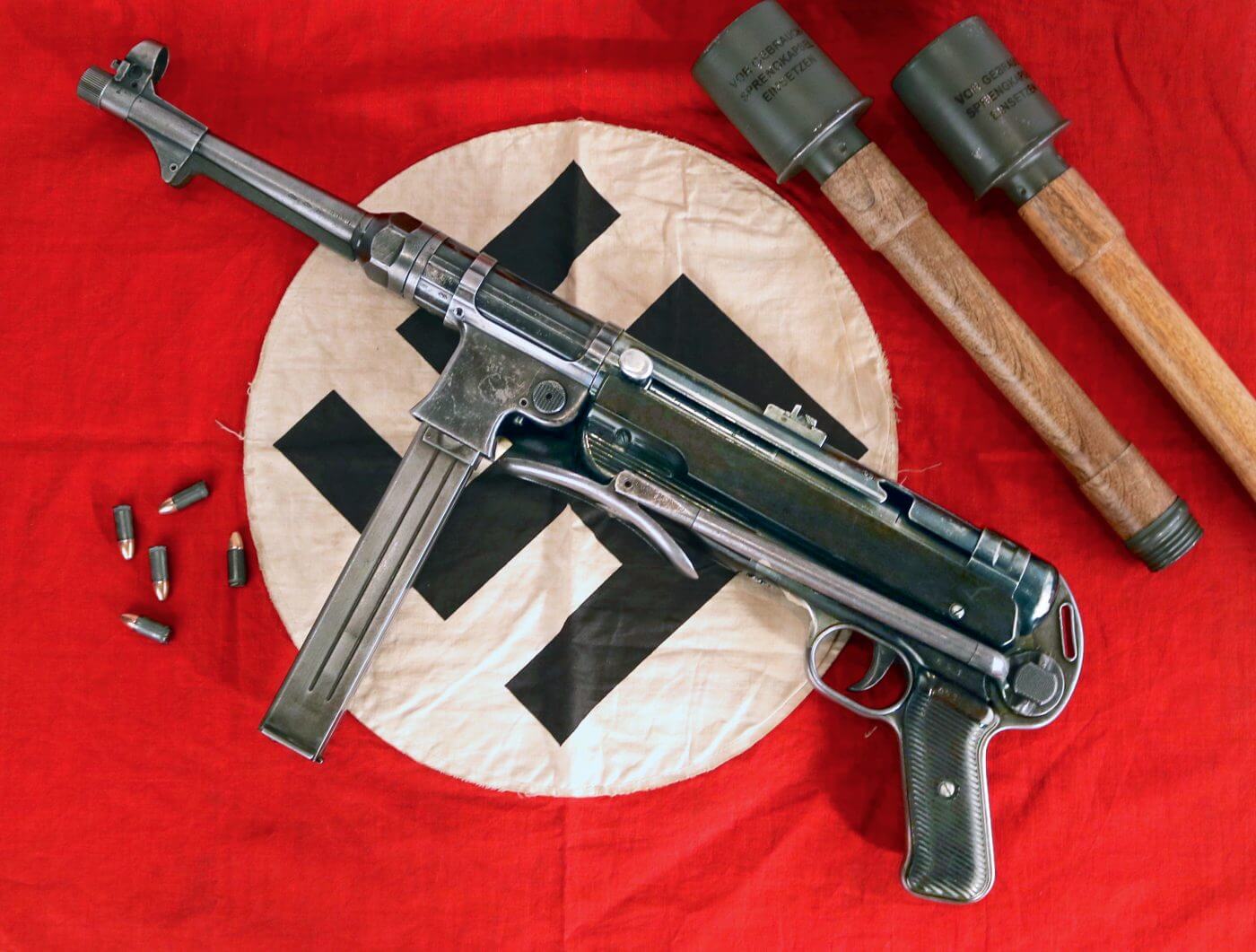
The MP40 enjoyed a sedate 500 rpm rate of fire and was remarkably front heavy.
This feature combined with its nine-pound weight and modest 9mm chambering made the gun exceptionally controllable.
Thats about $126 today.
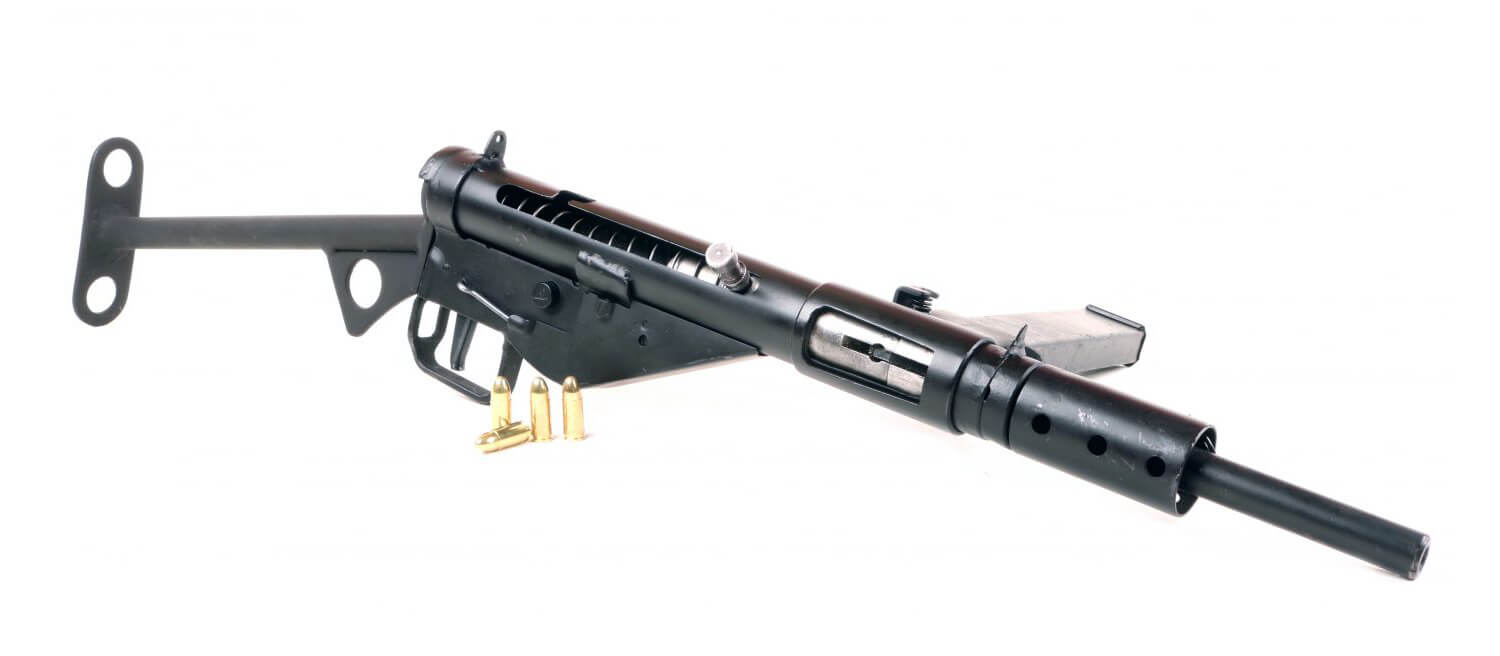
The Sten gun was derided as the Stench Gun or Plumbers Nightmare by its many detractors.
The action was generally reliable, though the magazine fared poorly, particularly in dirty, sandy environments.
The gun weighed a bit north of 7 pounds, and around 4.5 million copies were produced.
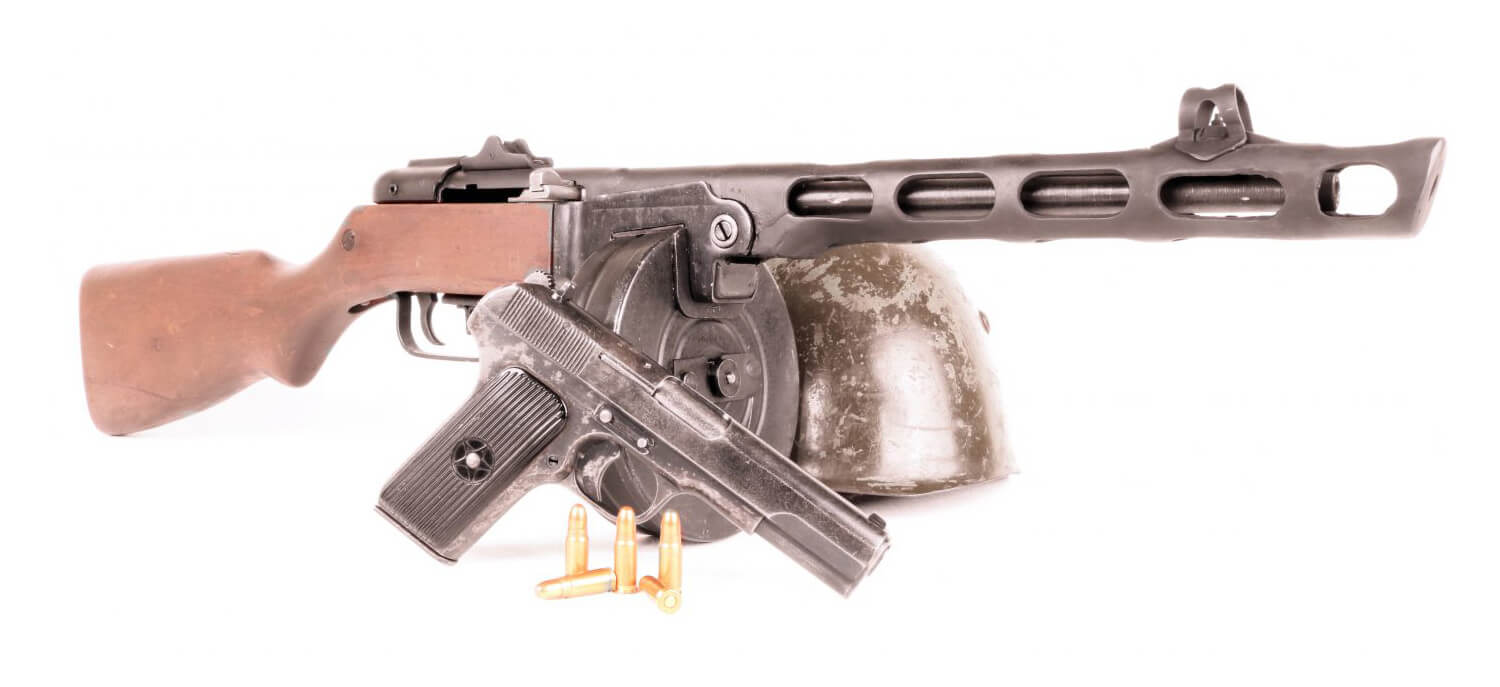
Though the Soviets ultimately used several SMGs, it was thePPSh-41 that became a national icon.
This loosely translates as Daddy.
The selective-fire PPSh-41 orbited around a simple pressed steel receiver and one-piece wooden buttstock.
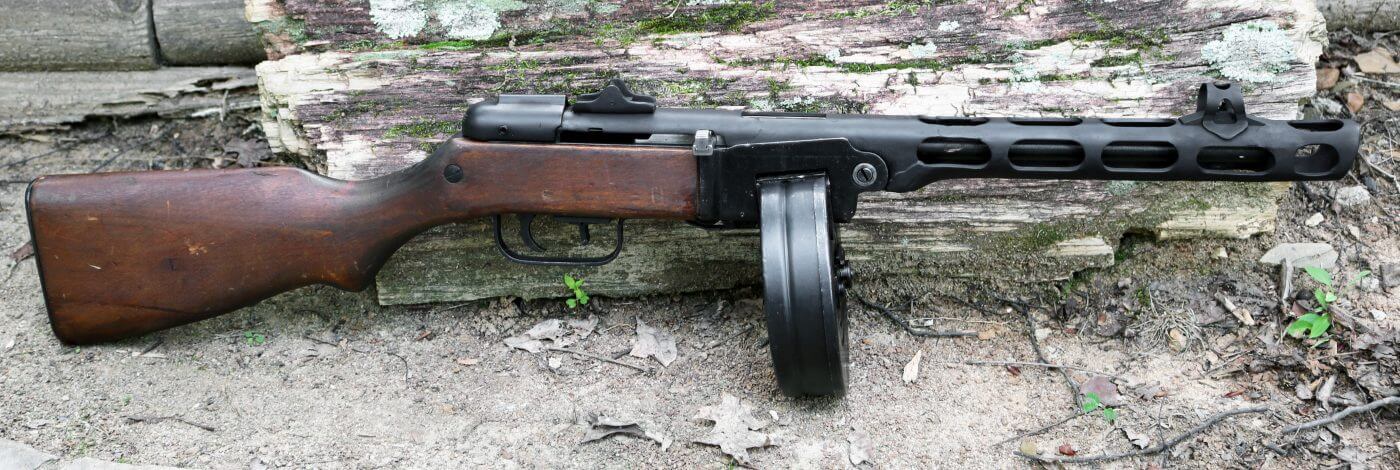
The gun fed from either a curved 35-round stick magazine or a 71-round drum.
The Soviets eventually equipped entire battalions with this fast-firing weapon.
With a cyclic rate of around 900 rpm, the PPSh was a fearsome close-quarters tool.
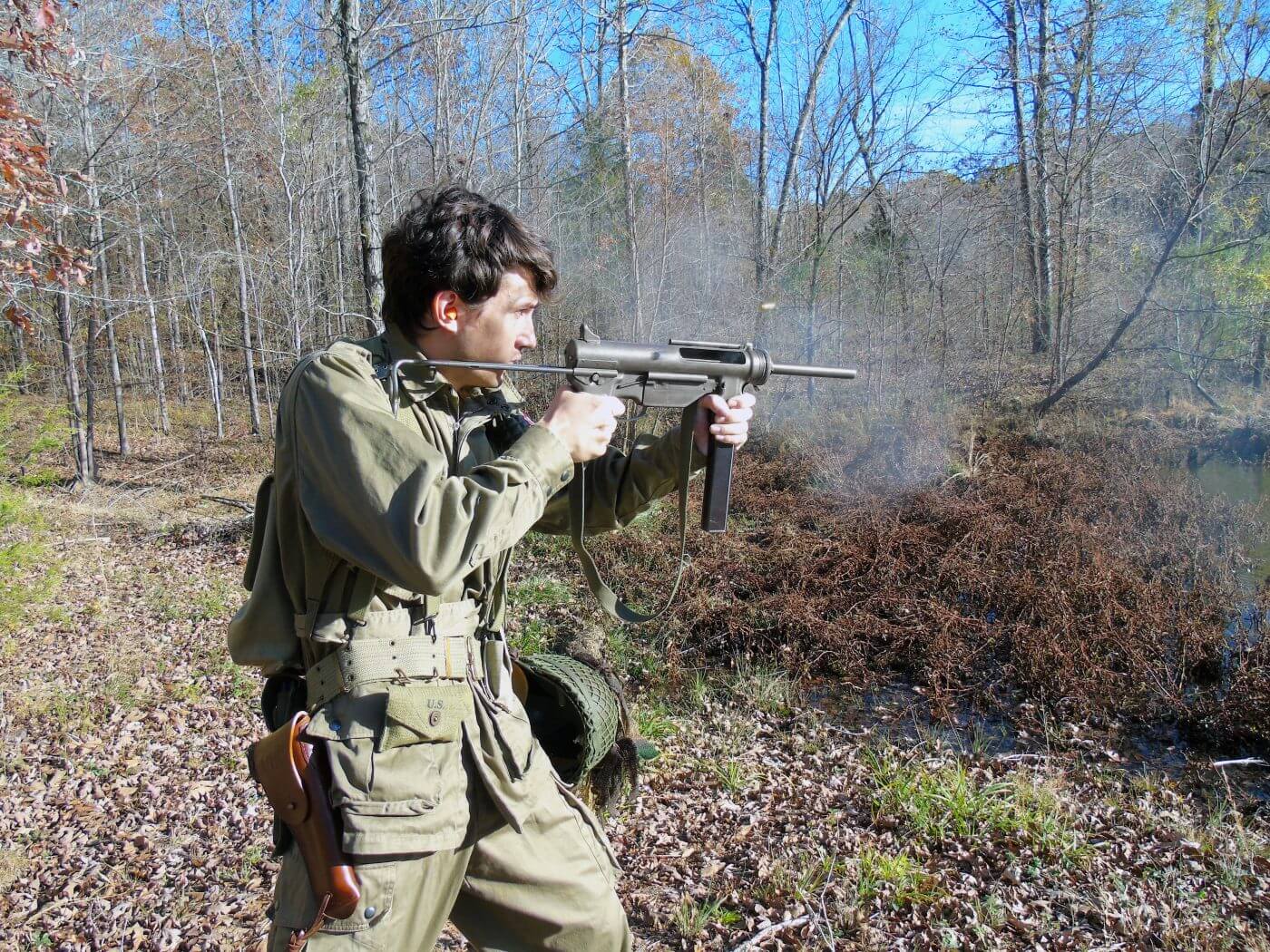
The PPSh is awkward to carry and, in my opinion, unpleasant to shoot.
United States
The United States entered World War II with whatever it had handy.
As regards submachine guns, that meant the .45 ACP M1928A1 Thompson.
Heavy, cumbersome, and expensive, the Thompson was obsolete before the first bomb fell at Pearl Harbor.
The M1928A1 was nearly identical to the M1921 John Dillinger used to terrorize the countryside during Prohibition.
Built around a heavy milled receiver, the M1928A1 cost $209 in 1939.
Thats about $2,900 today.
The gun took 50-round L-drums as well as 20 or 30-round double-stack, double-feed stick magazines.
In 1942 the M1928A1 was extensively redesigned to make it cheaper to manufacture.
The new design binned the Cutts compensator, finned barrel, controversial Blish lock, and internal felt oiler.
It also moved the actuator from the top to the side.
This is the easiest way to tell the two guns apart at a glance.
By 1945 the price of a Thompson had dropped to $45, or $630 in todays money.
The .45ACP selective-fire Thompson is ergonomically wretched and sinfully heavy.
The line of recoil is substantially above the buttstock, and the gun is severely back heavy.
However, at 10 pounds empty the gun remains controllable with proper technique.
The M1928 runs at around 600 rpm, while the later M1A1 cycles closer to 800.
We produced about 1.5 million Thompsons of all varieties.
The same practical exigencies that drove the British to produce the Sten also spawned the American M3 Grease Gun.
The Grease Gun moniker arose from the weapons similarity to that ubiquitous mechanics tool.
The M3 cost $15, or around $225 today.
The first combat use of the M3 in Europe was during the Normandy invasion.
The M3 included a flimsy ratcheting cocking unit that was prone to break under hard use.
The subsequent simplified M3A1 saw limited service at the very end of the war.
The Grease Guns grip is uncomfortably large, but it is a nonetheless effective close-range weapon.
The gun carries well and will continue to function despite the most egregious abuse.
The M3A1 Grease Gun remained in service with U.S. Army tank crews well into the 1990s.
Special thanks towww.worldwarsupply.comfor the cool replica gear used in our photographs.




